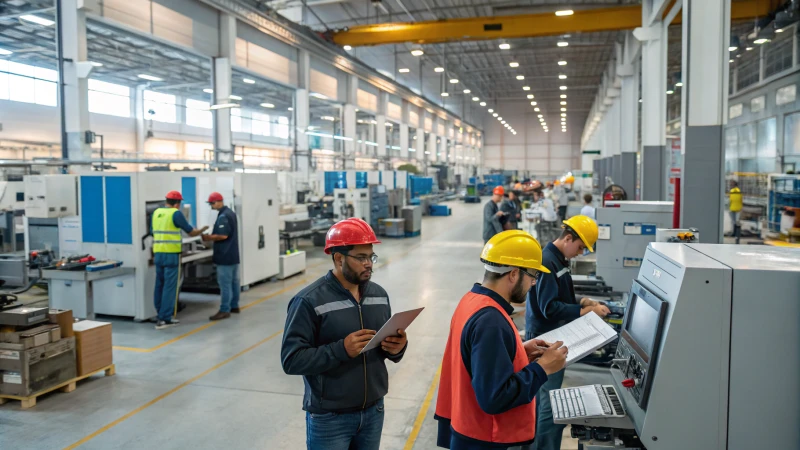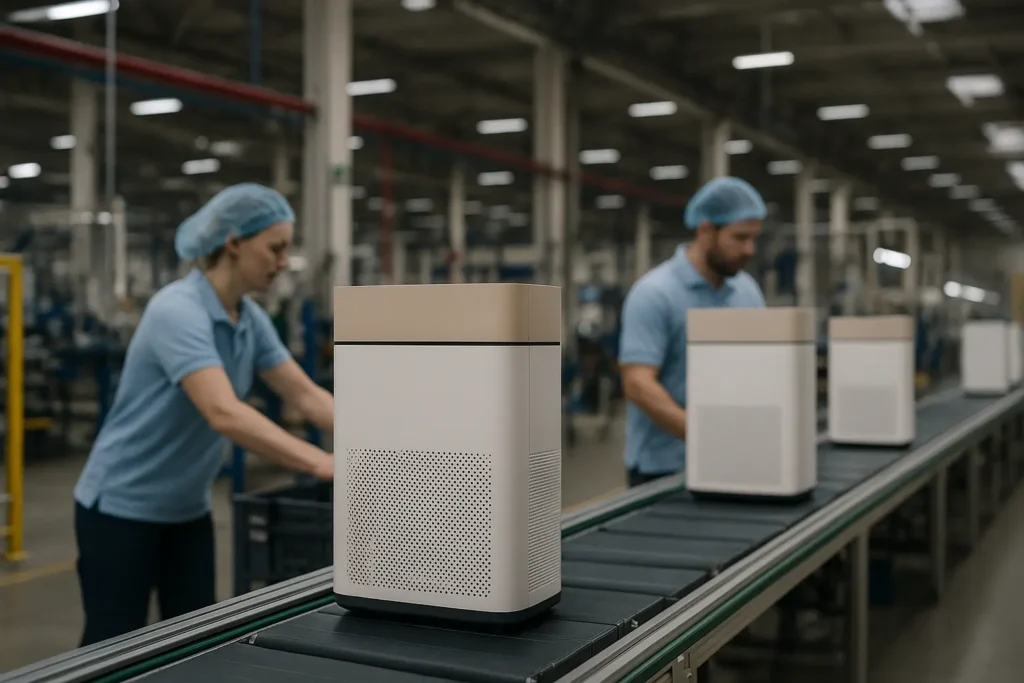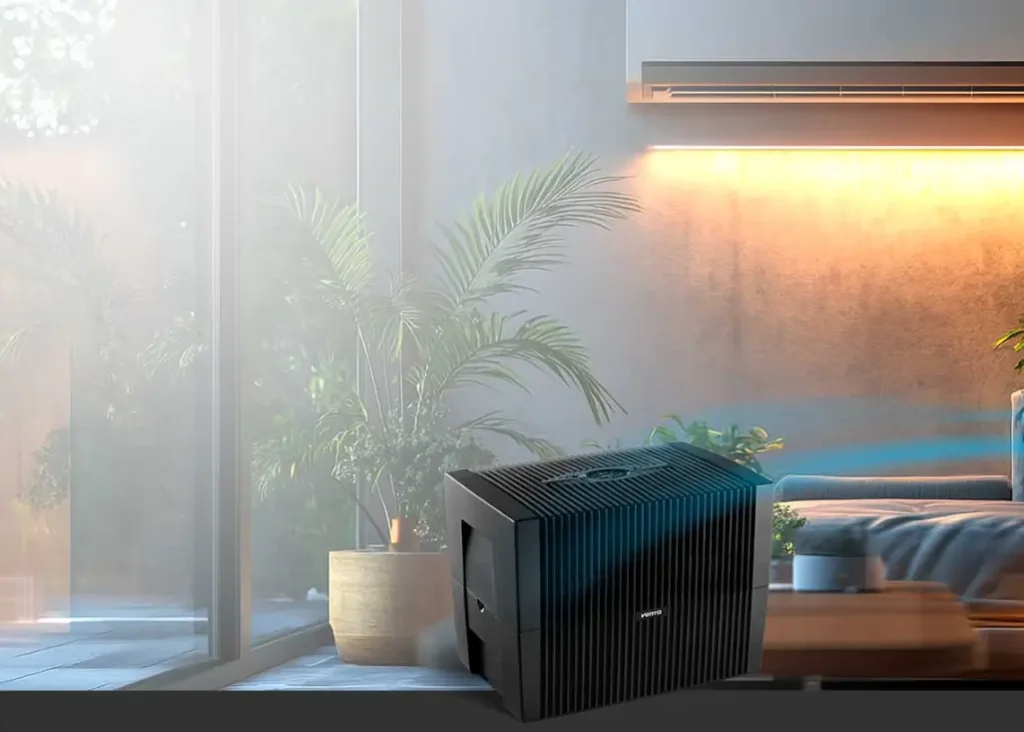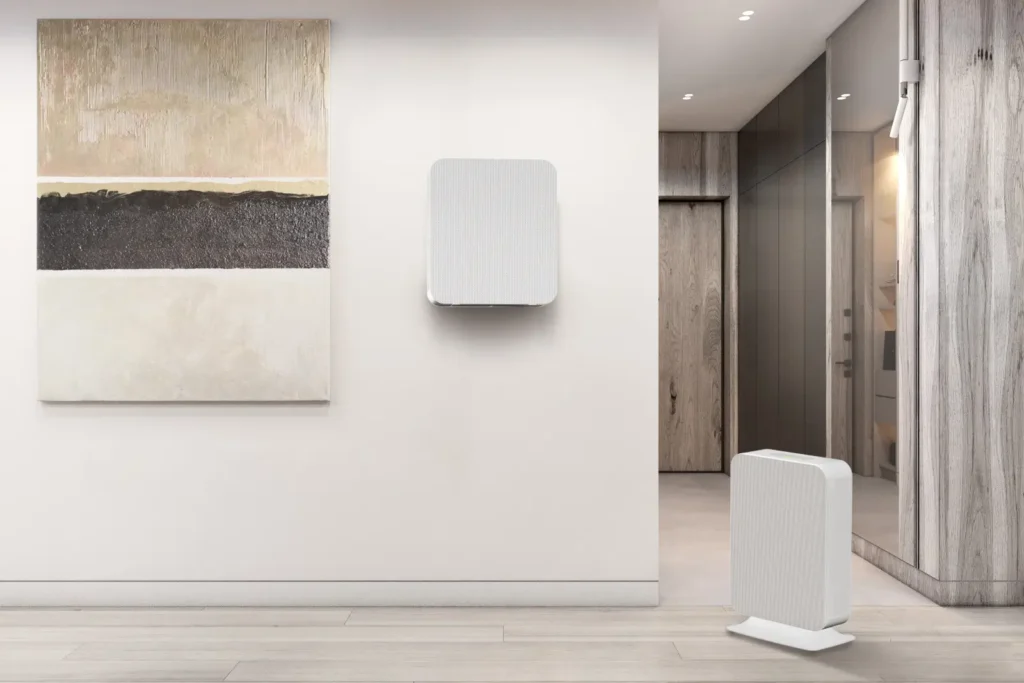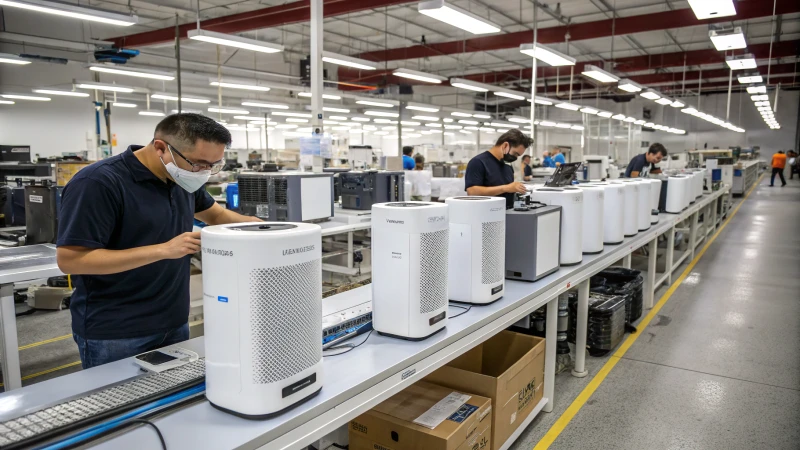
더 깨끗한 실내 공기를 추구하는 오늘날, 공기청정기의 올바른 센서 기술은 중추적인 역할을 합니다.
공기청정기용 센서 기술을 선택할 때는 모니터링하려는 오염 물질의 유형(예: PM2.5, VOCs), 센서 정확도, IoT 디바이스와의 통합, 브랜드 평판, 비용 효율성 등의 요소를 고려하세요. 이러한 요소는 전반적인 공기질 모니터링과 시스템 효율성에 영향을 미칩니다.
이러한 핵심 요소를 이해하는 것도 중요하지만, 특정 센서 유형과 기능, 시장 동향에 대해 자세히 알아본다면 의사 결정 과정을 더욱 최적화할 수 있습니다. 진화하는 공기청정기 센서 기술의 환경과 이를 필요에 맞게 조정하는 방법을 살펴보세요.
PM2.5 센서는 공기청정기에 필수적인 요소입니다.True
도시 오염의 핵심인 미세 입자 물질을 감지합니다.
공기청정기의 일반적인 센서 유형은 무엇인가요?
센서는 공기청정기의 소리 없는 파수꾼으로, 오염 물질을 감지하여 깨끗한 공기를 보장합니다.
공기청정기의 일반적인 센서로는 PM2.5 센서, 온도 및 습도 센서가 있습니다, VOC 센서와 CO2 센서가 있습니다. 이러한 센서는 다양한 실내 오염 물질과 환경 조건을 모니터링하여 건강한 실내 공기질을 유지하는 공기청정기의 효과를 높여줍니다.
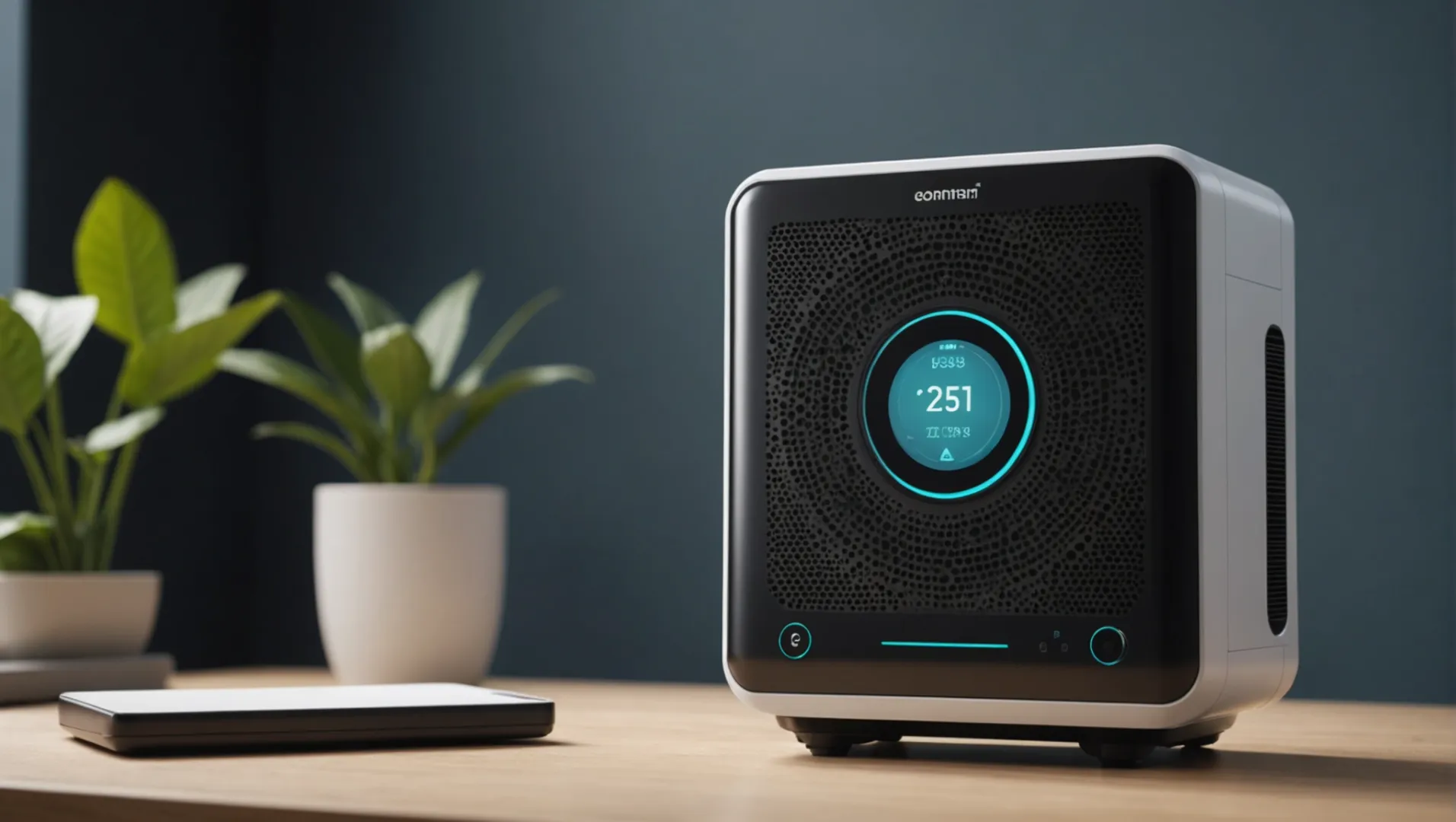
PM2.5 센서: 미세 입자 탐지기
PM2.5 센서는 폐 깊숙이 침투하여 혈류로까지 들어갈 수 있는 미세 입자상 물질을 감지하는 데 매우 중요합니다. 전통적으로, 스위스 기업1 센시리온과 같은 업체는 고정밀 센서를 제공하며 이 분야의 선두주자였습니다. 그러나 Cubic, Plantower와 같은 중국의 신흥 업체들이 비용 효율적이고 고성능의 대안으로 인정을 받고 있습니다.
온도 및 습도 센서: 환경 상태 모니터
이 센서는 주변 온도 및 습도 수준에 따라 설정을 조정하여 공기청정기의 최적의 작동 조건을 유지합니다. 다양한 환경 시나리오에서 공기청정기가 효율적으로 작동하여 손상을 방지하고 공기질을 효과적으로 유지합니다.
VOC 및 CO2 센서: 화학 센트리
휘발성 유기 화합물(VOC)과 이산화탄소는 건강과 쾌적성에 영향을 미치는 중요한 실내 오염 물질입니다. VOC 센서는 가정용 제품에서 가스를 방출하는 유해 화학물질을 감지하고 CO2 센서는 공기 신선도를 모니터링합니다. 이러한 센서를 통합하면 보다 광범위한 실내 공기질 문제를 해결하는 데 도움이 됩니다.
새로운 센서 기술: 기본을 넘어서
IoT와 AI의 발전으로 최신 공기청정기는 소음, 빛, 압력, 재실 센서와 같은 추가 센서를 통합하기 시작했습니다. HisoAir와 같은 회사는 이러한 센서를 통합하는 데 앞장서고 있습니다. 실내 환경 품질2 센서를 통해 더 스마트하고 적응력이 뛰어난 공기 정화 시스템을 구축할 수 있는 기반을 마련했습니다.
올바른 센서 세트를 선택하려면 사용 중인 환경에서 모니터링이 필요한 특정 오염 물질과 각 센서 유형의 비용 대비 편익 비율을 고려하는 것이 중요합니다. 경험이 풍부한 공급업체와 협력하면 특정 요구사항에 가장 적합한 제품을 선택할 수 있습니다.
PM2.5 센서는 미세 입자상 물질을 감지합니다.True
PM2.5 센서는 혈류로 유입될 수 있는 입자를 모니터링합니다.
CO2 센서는 공기청정기의 온도를 측정합니다.False
CO2 센서는 온도가 아닌 이산화탄소 수준을 측정합니다.
센서 기술은 공기청정기 효율에 어떤 영향을 미칠까요?
센서 기술을 핵심으로 하는 공기청정기는 최적의 성능과 향상된 공기질을 구현합니다.
센서 기술은 오염 물질을 정확하게 감지하고 필터 사용을 최적화하며 스마트 기능을 활성화하여 공기청정기의 효율성에 영향을 미칩니다. PM2.5, CO2 및 VOC 는 공기질을 모니터링하고 적절한 정화 조치를 취하는 데 중요한 역할을 수행하여 전반적인 효율성과 사용자 만족도를 향상시킵니다.
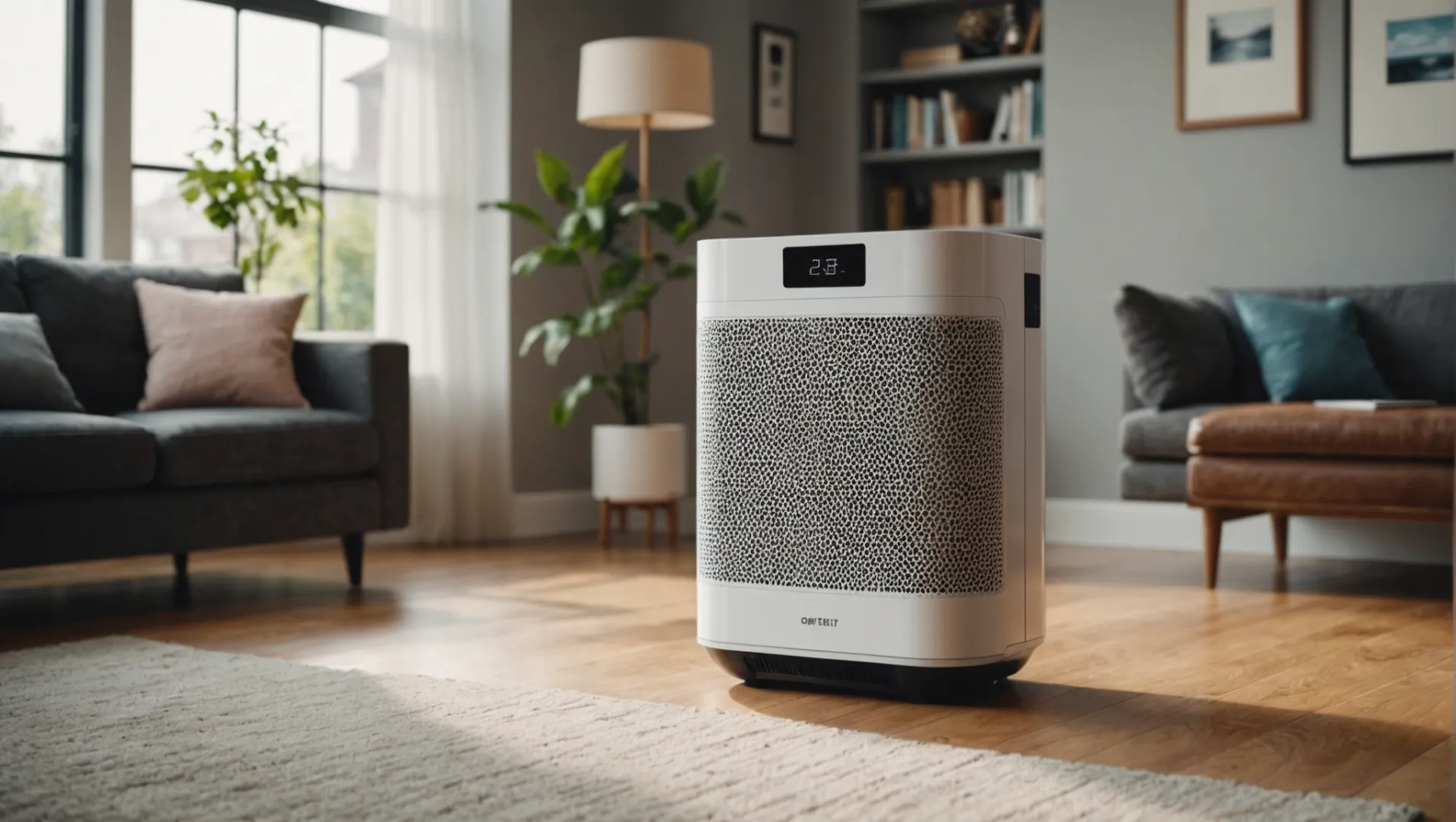
공기청정기의 주요 센서 유형 이해하기
공기청정기는 다양한 센서를 사용하여 실내 공기질을 유지하는 데 효율성과 효과를 높입니다. 그중에서도 PM2.5 센서3 는 미세 입자 물질을 감지하여 정수기가 그에 따라 여과력을 조절하도록 알려주는 중요한 기능입니다. 이는 오염도가 높은 도시 지역에 거주하는 개인에게 필수적인 기능입니다.
또한, CO2 센서4 는 이산화탄소 수치를 모니터링하여 실내 공기를 신선하고 건강하게 유지하는 데 도움을 줍니다. 소비자 인식이 높아짐에 따라 VOC (휘발성 유기 화합물) 센서도 표준 기능이 되고 있습니다. 이러한 센서는 유해 가스와 화학 물질을 식별하여 정수기가 필요한 청소 프로세스를 활성화하도록 유도합니다.
센서 정확도와 브랜드 평판의 역할
공기청정기의 효율은 센서의 정확도에 따라 크게 좌우됩니다. 센서리온과 같은 유명 브랜드와 큐빅, 플랜타워와 같은 신생 브랜드의 센서는 신뢰성과 정밀도로 인해 업계 표준이 되었습니다.
고려해야 할 핵심 요소는 이러한 센서가 다른 스마트 홈 기기와 얼마나 잘 통합되는지입니다. 이러한 통합은 사용자 편의성을 향상시킬 뿐만 아니라 더 정확한 데이터 수집을 가능하게 하여 더 스마트한 정화 프로세스를 가능하게 합니다.
공기 정화 강화를 위한 IoT 통합
사물인터넷(IoT)은 공기청정기의 작동 방식을 혁신적으로 변화시켰습니다. 센서를 IoT 기술과 통합함으로써 공기청정기는 이제 온도, 습도, 심지어 소음 수준과 같은 여러 소스에서 데이터를 수집할 수 있습니다. 히소에어와 같은 기업은 이러한 트렌드를 선도하고 있습니다. IEQ 센서5 다양한 환경 매개 변수를 모니터링하여 대기질 관리에 대한 보다 포괄적인 접근 방식을 제공합니다.
이러한 센서 기술의 발전은 공기청정기가 실시간 데이터를 기반으로 설정을 조정하여 자율적으로 작동할 수 있음을 의미합니다. 이를 통해 에너지 효율이 향상되고 공기청정기가 항상 최적의 상태로 작동할 수 있습니다.
비용 효율성 및 시장 동향
고품질 센서는 가격대가 높은 경우가 많지만, 시간이 지남에 따라 비용 효율성이 초기 비용을 능가할 수 있습니다. 큐빅이나 플랜타워와 같은 브랜드의 보다 저렴하면서도 신뢰할 수 있는 센서 기술로 시장이 변화하고 있습니다. 이러한 추세는 소비자들이 큰 비용을 들이지 않고도 고급 공기 정화 솔루션을 이용할 수 있다는 점에서 매우 고무적입니다.
이러한 요소를 이해함으로써 소비자는 어떤 공기청정기가 자신의 요구 사항을 가장 잘 충족하는 동시에 효율성을 극대화할 수 있는지 정보에 입각한 결정을 내릴 수 있습니다.
PM2.5 센서가 공기청정기의 여과 성능을 조절합니다.True
PM2.5 센서는 미세 입자를 감지하여 필터를 조정하라는 메시지를 표시합니다.
IoT 통합은 공기청정기 효율을 떨어뜨립니다.False
IoT는 실시간 데이터 기반 조정을 통해 효율성을 향상시킵니다.
어떤 브랜드가 신뢰할 수 있는 공기질 센서를 제공하나요?
효과적인 공기 정화를 위해서는 신뢰할 수 있는 공기질 센서 브랜드를 선택하는 것이 중요합니다.
신뢰할 수 있는 공기질 센서 브랜드로는 Sensirion, Cubic, Plantower, HisoAir 등이 있습니다. 이 회사들은 높은 정확도와 통합 기능을 제공하는 고급 센서 기술로 인정받고 있습니다. 브랜드를 선택할 때는 성능, 비용 효율성, IoT 시스템과의 호환성 등의 요소를 고려하여 최적의 공기질 모니터링을 보장하세요.

센시리온: 스위스의 정밀 센서 기술
센시리온은 고정밀 센서로 유명한 스위스 기업입니다. 공기질 센서6특히 PM2.5, 온도 및 습도 모니터링에 적합합니다. 이 센서는 뛰어난 정확도와 신뢰성으로 인해 프리미엄 공기청정기에 널리 사용되고 있습니다. 센서 통합에 대한 Sensirion의 전문성은 공기질 측정의 정밀도를 중요시하는 사람들에게 최고의 선택이 될 것입니다.
중국의 떠오르는 스타: 큐빅과 플랜타워
최근 몇 년 동안 공기청정기 업계에서는 큐빅과 플랜타워와 같은 중국 브랜드가 인정을 받고 있습니다. 유명한 브랜드는 비용 효율적인 PM2.5 센서7이러한 브랜드는 기존 유명 브랜드에 필적하는 인상적인 성능 향상을 제공합니다. 기술이 계속 발전함에 따라 이러한 브랜드는 저렴하면서도 신뢰할 수 있는 솔루션을 찾는 제조업체들 사이에서 점점 더 인기를 얻고 있습니다.
센서 기능 확장: 히소 에어의 혁신
HisoAir는 다양한 센서를 통합하여 공기청정기 기능을 향상시키는 선도적인 공급업체입니다. 그들의 접근 방식에는 CO2 추가가 포함됩니다, VOC및 포름알데히드 센서를 통합하여 더 광범위한 실내 오염 물질을 처리합니다. HisoAir의 통합 실내 환경 품질(IEQ) 센서8 소음, 조명, 재실 센서와 같은 센서는 보다 스마트하고 포괄적인 공기 정화 시스템에 대한 수요 증가에 발맞춘 미래 지향적인 전략입니다.
센서 브랜드 선택 시 고려해야 할 요소
센서 브랜드를 선택할 때는 모니터링해야 하는 특정 오염 물질과 전체 시스템의 요구 사항을 고려하세요. 센서의 IoT 시스템과의 통합 기능9를 사용하여 모니터링의 정확성과 효율성을 크게 향상시킬 수 있습니다. 또한 혁신, 고객 지원, 업계 표준 준수 측면에서 브랜드의 평판을 평가할 수 있습니다.
| 브랜드 | 주요 기능 | 주목할 만한 제품 |
|---|---|---|
| 센시리온 | 높은 정밀도, 신뢰성 | PM2.5 센서 |
| 큐빅 | 비용 효율적, 성능 향상 | PM2.5 센서 |
| Plantower | 인정받은 품질, 합리적인 가격 | PM2.5 센서 |
| HisoAir | 여러 센서의 혁신적인 통합 | IEQ 센서 |
각 브랜드의 강점과 특정 요구사항에 부합하는 방법을 이해하면 더 나은 공기질 모니터링과 실내 환경 개선으로 이어질 수 있습니다.
센시리온 센서는 정밀도가 높은 것으로 유명합니다.True
Sensirion은 정밀한 공기질 센서, 특히 PM2.5 센서로 유명합니다.
HisoAir는 PM2.5 센서만 생산합니다.False
HisoAir는 PM2.5뿐만 아니라 CO2, VOC 등 다양한 센서를 통합합니다.
IoT와 AI가 공기청정기 센서를 어떻게 향상시킬 수 있을까요?
IoT와 AI를 통해 공기청정기가 혁신적으로 발전하여 더 스마트하고 효율적으로 공기질을 관리할 수 있게 되었습니다.
IoT와 AI는 실시간 데이터 수집, 예측 분석, 다양한 공기질 조건에 대한 적응형 대응을 가능하게 함으로써 공기청정기 센서를 향상시킵니다. 이러한 통합을 통해 공기청정기가 자율적으로 설정을 조정하여 최적의 실내 공기질과 에너지 효율성을 보장할 수 있습니다.
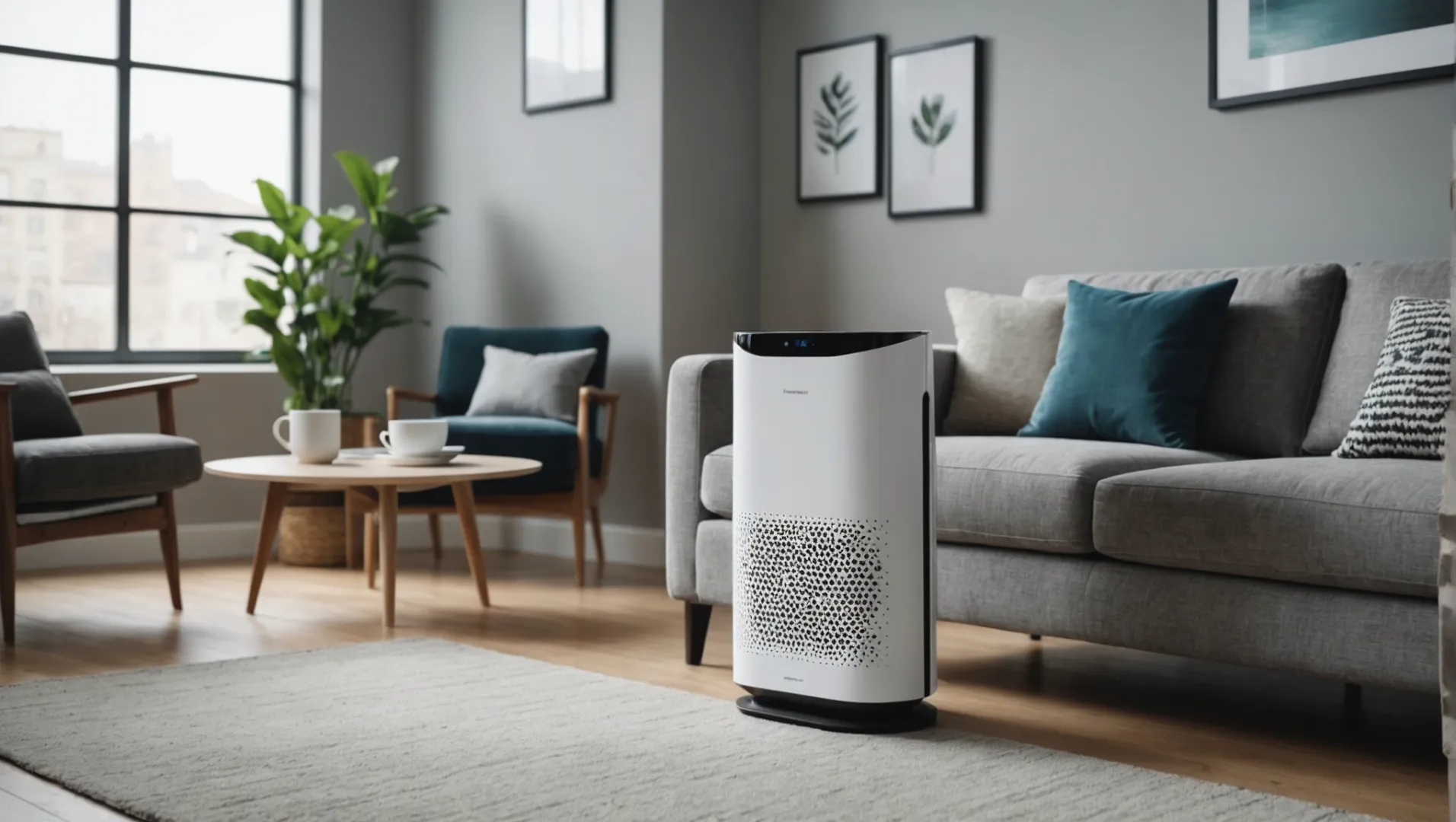
공기청정기에서의 IoT의 역할
공기청정기에 사물인터넷(IoT)을 통합하면 기기 간 원활한 통신이 가능합니다. IoT 지원 센서는 실시간 공기질 데이터를 중앙 시스템으로 전송하여 사용자에게 실내 환경에 대한 자세한 인사이트를 제공할 수 있습니다. 이러한 연결성은 사용자 경험을 향상시킬 뿐만 아니라 현재 필요에 따라 공기청정기 설정을 조정하여 에너지 절약에도 기여합니다. HisoAir와 같은 선도적인 브랜드는 소음 및 빛 감지기와 같은 고급 센서를 모델에 내장하여 이러한 접근 방식을 개척했습니다.
센서 기능에 대한 AI의 영향력
인공지능(AI)은 수집된 데이터를 분석하기 위해 머신러닝 알고리즘을 사용하여 센서 통합을 한 차원 더 발전시킵니다. AI는 공기질 변화의 패턴을 이해함으로써 오염 급증을 예측하고 그에 따라 공기청정기의 작동을 조정할 수 있습니다. 예를 들어, AI는 가정의 일상을 학습하여 요리 또는 청소 시간 동안 선제적으로 필터링 성능을 높여 기기의 성능을 최적화할 수 있습니다.
향상된 공기 품질 관리
IoT와 AI의 결합으로 공기청정기는 단순한 오염 물질 감지를 넘어서는 기능을 제공할 수 있게 되었습니다. 이제 공기청정기는 종합적인 실내 환경 품질(IEQ) 평가를 위해 CO2, VOC, 포름알데히드 감지기와 같은 여러 센서를 통합하여 평가합니다. 이러한 다중 센서 접근 방식은 보다 광범위한 공기 오염 물질을 모니터링하여 보다 건강한 실내 환경을 조성합니다.
시장 트렌드 및 브랜드 혁신
센서 기술이 발전함에 따라 큐빅과 플랜타워와 같은 브랜드가 업계에서 중요한 업체로 부상했습니다. 이 브랜드들은 성능에 타협하지 않는 비용 효율적인 솔루션을 제공합니다. 이러한 발전은 소비자들이 점점 더 안정적이고 합리적인 가격의 스마트 홈 디바이스를 요구함에 따라 매우 중요합니다.
공기청정기 센서에 IoT와 AI를 통합하면 기술 수준이 높아질 뿐만 아니라 에너지 효율을 개선하여 지속 가능한 생활 목표에도 부합할 수 있습니다. 센서 기술의 최신 발전에 대한 더 많은 인사이트를 얻으려면 다음을 살펴보세요. 센서 시장 동향10 오늘.
IoT를 통해 공기청정기의 실시간 데이터 수집이 가능합니다.True
IoT를 통해 센서는 분석을 위해 실시간 공기질 데이터를 전송할 수 있습니다.
AI는 공기청정기의 오염도 급증을 예측할 수 없습니다.False
AI는 머신러닝을 사용하여 데이터 패턴을 기반으로 오염 급증을 예측합니다.
결론
올바른 센서 기술을 선택하려면 성능과 비용의 균형을 고려해야 합니다. 필요에 따라 필수 센서의 우선순위를 정하고 공기 품질 향상을 위해 평판이 좋은 공급업체를 고려하세요.
-
정밀도로 유명한 스위스의 선도적인 센서 브랜드를 만나보세요: IQAir의 하이퍼헤파 필터는 현존하는 가장 작은 입자 99.5%를 걸러내는 것으로 입증 및 인증된 최고의 공기청정기인 HealthPro 시리즈를 만들어줍니다. ↩
-
공기청정기 기술을 향상시키는 첨단 센서에 대해 알아보세요..: 이 페이지에서는 공기 센서 기술의 성능과 정확도를 평가하기 위한 연구 결과를 제공합니다. ↩
-
PM2.5 센서가 미세먼지를 효과적으로 감지하는 방법을 알아보세요: PM2.5 센서는 PM2.5 입자의 농도를 실시간으로 모니터링하는 고정밀 센서입니다. ↩
-
신선한 실내 공기를 유지하는 데 CO2 센서의 역할을 알아보세요..: 전기 화학 CO2 센서는 전류 또는 전도도를 사용하여 공기 중의 CO2 농도를 측정합니다. CO2가 센서에 들어가면 화학 반응이 ... ↩
-
IEQ 센서로 종합적인 공기질 관리를 강화하는 방법을 알아보세요: 이 센서는 온도, 습도, CO2 수준 등 실내 공간의 쾌적성과 관련된 다양한 파라미터를 측정합니다. ↩
-
Sensirion이 정밀 센서 기술을 선도하는 이유를 알아보세요: 실내 공기질 모니터는 다양한 파라미터와 오염 물질을 측정하고 평가하도록 설계되었습니다. 실시간으로 공기 상태를 추적하고 보고합니다. ↩
-
큐빅과 플랜타워의 PM2.5 센서에 대한 사용자 리뷰를 살펴보세요: 장치에 VOC 센서가 없지만 저렴한 가격으로 이 점은 용서할 수 있습니다. ↩
-
히스토에어의 혁신적인 센서 통합 전략에 대해 알아보세요..: 온도, 습도, 소음 및 조명 센서를 결합한 당사의 시스템은 최적의 공기질과 편안함을 보장합니다. 실시간으로 지능적으로 조정하여 ... ↩
-
IoT가 공기질 센서의 기능을 향상시키는 방법 알아보기: 대기질 모니터링에 IoT를 활용하면 도시에서 오염 물질 수준에 대한 실시간 인사이트를 확보할 수 있습니다. 이러한 데이터 수집의 즉각성은 신속한 ... ↩
-
센서 기술의 최신 발전과 혁신에 대해 알아보세요: 많은 정수기에는 색상으로 구분된 센서가 있어 집안의 미세먼지 수준을 알려줍니다. 그러면 장치가 자동으로 ...로 조정됩니다. ↩


